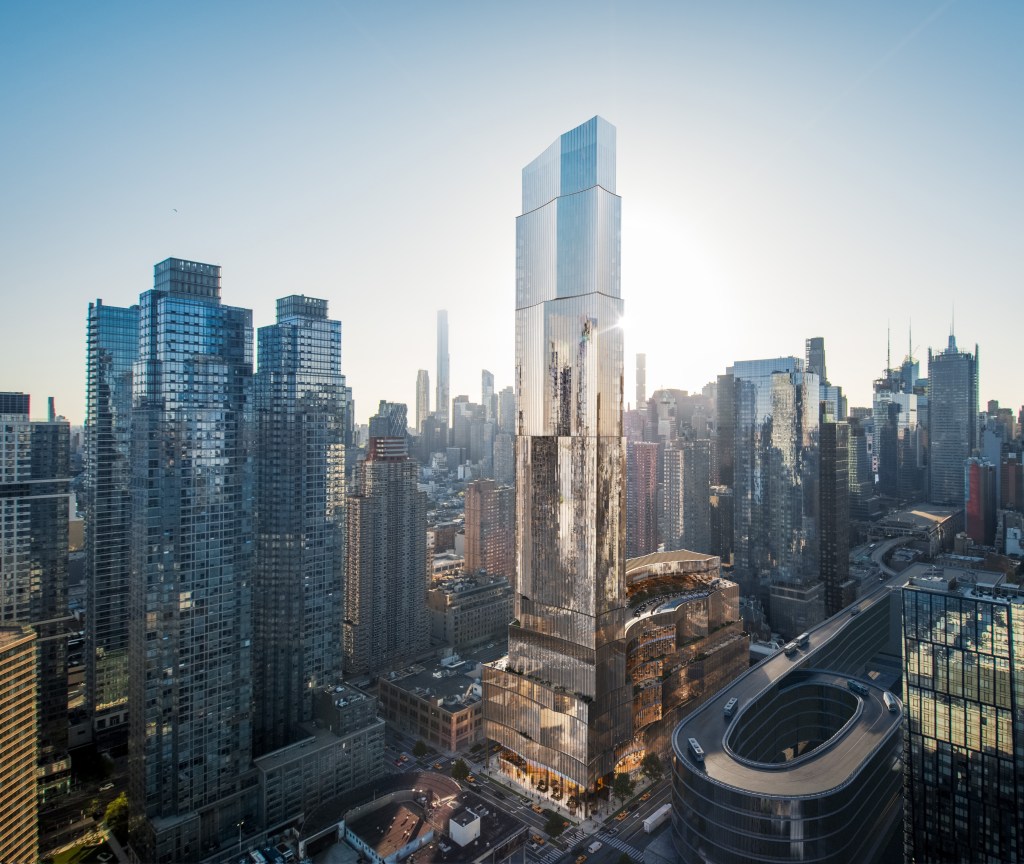New York City stands at a critical crossroads, facing a perfect storm of urban challenges that demand innovative solutions. As state policymakers deliberate over the allocation of highly coveted downstate casino licenses, the discussion has evolved far beyond simple entertainment venues or gaming revenue streams. The decision represents a transformative opportunity to address fundamental issues plaguing the nation’s largest metropolis: housing affordability, economic inequality, and strategic urban development.
The Urban Crisis Trifecta
Manhattan’s Far West Side has emerged as a focal point in these discussions, embodying both the potential and the challenges facing modern urban planning. The area represents a unique convergence of opportunity and necessity, where strategic casino development could serve as a catalyst for broader economic revitalization.
Housing Affordability: A Growing Emergency
New York’s housing crisis has reached unprecedented levels, with median rent prices soaring beyond the reach of middle-class families. The city’s housing vacancy rate hovers near historic lows, while construction of new affordable units lags dramatically behind demand. In this context, casino development presents an unconventional but potentially powerful tool for generating revenue that could be directly channeled into housing initiatives.
Casino operators bidding for licenses have proposed comprehensive development packages that extend far beyond gaming floors. These proposals typically include mixed-use developments incorporating residential units, retail spaces, and community facilities. The tax revenue generated from casino operations could fund affordable housing trust funds, while the associated real estate development could increase the overall housing stock in targeted neighborhoods.
Economic Instability and Recovery
The economic disruptions of recent years have highlighted New York’s vulnerability to revenue fluctuations, particularly in sectors like tourism and commercial real estate. Casino development offers a potential hedge against economic volatility by diversifying the city’s revenue streams and creating new employment opportunities across multiple skill levels.
Labor economists estimate that a major casino development could generate thousands of direct jobs in gaming, hospitality, security, and management, alongside indirect employment in construction, transportation, and service industries. These positions often provide career advancement opportunities for workers without college degrees, addressing income inequality concerns that have long plagued the city.
The Far West Side Advantage
Manhattan’s Far West Side presents unique advantages for casino development that align with broader urban planning objectives. The area has undergone significant transformation over the past two decades, evolving from an industrial corridor to a mixed-use district that balances commercial, residential, and recreational uses.
Infrastructure and Accessibility
The Far West Side benefits from substantial infrastructure investments, including expanded subway access, the High Line elevated park, and Hudson River waterfront improvements. This existing infrastructure foundation reduces the public investment required to support major new developments while ensuring that casino facilities integrate seamlessly into the urban fabric.
Transportation accessibility is particularly crucial for casino success, as operators need to attract visitors from across the metropolitan area while minimizing traffic congestion and parking demands. The Far West Side’s proximity to major transit hubs and highway access points makes it an ideal location for balancing visitor convenience with community impact.
Community Integration Potential
Unlike isolated gaming destinations, Manhattan casino development must prioritize community integration and neighborhood enhancement. The Far West Side’s existing diversity of land uses creates opportunities for symbiotic relationships between casino facilities and surrounding businesses, cultural institutions, and residential communities.
Successful urban casino development requires careful attention to design standards, public space creation, and community benefit agreements. These elements ensure that gaming facilities contribute positively to neighborhood character rather than disrupting established community dynamics.
Economic Development Strategy
The casino license allocation process represents more than a regulatory decision; it constitutes a fundamental economic development strategy with long-term implications for New York’s competitive position among major metropolitan areas.
Revenue Generation and Allocation
Casino operations generate revenue through multiple channels, including gaming taxes, property taxes, sales taxes, and employment-related economic activity. New York’s proposed tax structure for downstate casinos includes provisions for directing portions of gaming revenue toward specific public priorities, including education funding, infrastructure improvements, and social services.
The key to maximizing public benefit lies in strategic revenue allocation that addresses root causes of urban challenges rather than simply expanding general fund resources. Housing trust funds, workforce development programs, and small business support initiatives represent targeted investments that could amplify the positive impact of casino-generated revenue.
Regional Competition and Market Position
New York’s casino development strategy must account for regional competition from neighboring states that have embraced gaming as an economic development tool. New Jersey’s Atlantic City, Connecticut’s tribal casinos, and Pennsylvania’s expanding gaming market all compete for metropolitan area visitors and gaming revenue.
Manhattan’s unique advantages include its unparalleled tourism infrastructure, cultural attractions, and business travel market. A strategically positioned casino could capture gaming revenue that currently flows to competing jurisdictions while enhancing New York’s overall visitor experience and extending average stay durations.
Community Impact and Considerations
Responsible casino development requires comprehensive assessment of potential community impacts, both positive and negative. Urban gaming facilities can contribute to neighborhood revitalization and economic opportunity while also presenting challenges related to traffic, social services, and community character.
Mitigation Strategies and Community Benefits
Leading casino development proposals include detailed community benefit agreements that address local concerns and ensure that surrounding neighborhoods share in the economic benefits of gaming operations. These agreements typically cover areas such as affordable housing commitments, local hiring preferences, small business contracting opportunities, and community facility improvements.
Traffic management, public safety, and social service considerations require proactive planning and ongoing monitoring. Successful urban casinos implement comprehensive programs to address potential negative impacts while maximizing community benefits through strategic partnerships and investment commitments.
Key Takeaways
- Strategic Opportunity: Casino development represents a once-in-a-generation chance to address multiple urban challenges simultaneously through integrated planning and revenue allocation
- Location Advantages: Manhattan’s Far West Side offers unique infrastructure, accessibility, and integration benefits that support successful casino development
- Economic Diversification: Gaming operations could provide stable revenue streams and employment opportunities while reducing the city’s dependence on volatile economic sectors
- Community Integration: Success depends on comprehensive community benefit agreements and design strategies that enhance rather than disrupt neighborhood character
- Regional Competition: Strategic casino development could capture gaming revenue currently lost to neighboring states while strengthening New York’s tourism and entertainment sector
- Housing Solution: Casino-generated revenue and associated development could contribute significantly to addressing the city’s affordable housing crisis through dedicated funding mechanisms
The decision facing New York policymakers extends far beyond gaming policy to encompass fundamental questions about urban development, economic strategy, and community building. The Far West Side casino opportunity represents a chance to demonstrate how strategic gaming development can serve broader public purposes while creating sustainable economic benefits for all stakeholders.
This article is based on reporting from the original source

Born and raised amidst the hustle and bustle of the Big Apple, I’ve witnessed the city’s many exciting phases. When I’m not exploring the city or penning down my thoughts, you can find me sipping on a cup of coffee at my favorite local café, playing chess or planning my next trip. For the last twelve years, I’ve been living in South Williamsburg with my partner Berenike.

